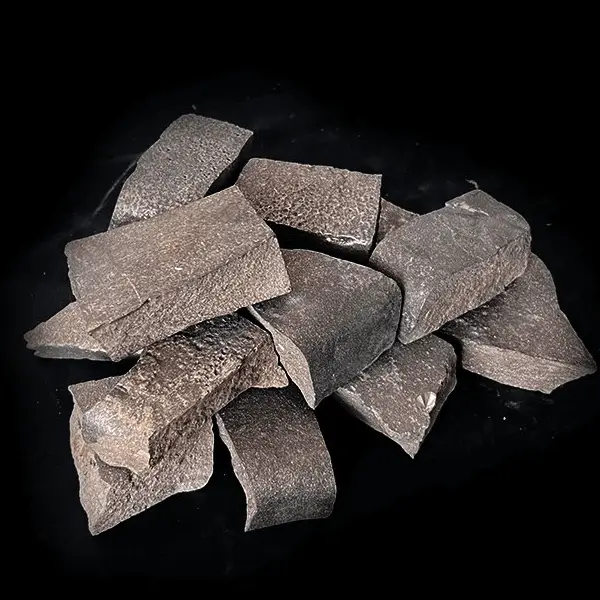Fancymetal offers high purity (customizable) metal products, as well as oxides, product shapes, foils, plates, wires, tubes, rods, powders and a variety of custom shapes.
We also have other dysprosium products:
Dysprosium
Dysprosium metal
Dysprosium sheet
Dysprosium oxide
Dysprosium sputtering target
Dysprosium oxide sputtering target
Soft metal, shiny and ductile. Easily corroded by air at high temperatures, but relatively stable at room temperature. Reacts slowly with water.
Low hardness, active properties. Easily oxidized by oxygen, reacts quickly with water, soluble in acid.
Applications:
✔ Used as an additive for NdFeB permanent magnets
✔ Dysprosium is used as a phosphor activator
✔ Dysprosium is an essential metal raw material for the preparation of giant magnetostrictive alloy Terbium Dysprosium Iron (Terfenol) alloy
✔ Dysprosium metal can be used as a magneto-optical storage material with high recording speed and reading sensitivity
✔ Used in the preparation of Dysprosium lamps, the working material used in Dysprosium lamps is Dysprosium Iodide
✔ Metallic Dysprosium is used as an additive to improve the coercivity of NdFeB permanent magnet materials
Advantages:
✔Strict quality control of raw materials and processes
✔Fast delivery: 1-3 days after order confirmation
✔Technical support: 24 hours via email
History:
Discoverer: L. Boisbaudran
Discovery date: 1886 Location: France
Discovery process: Discovered in 1886 (L. Boisbaudran).
After Mosander separated erbium and terbium from yttrium in 1842, many chemists used spectral analysis to identify them and determined that they were not pure oxides of an element, which encouraged chemists to continue to separate them.
Seven years after holmium was separated, Boisbaudran split it into two in 1886, retaining holmium and the other called dysprosium, with the element symbol Dy. This word comes from the Greek word dysprositos, which means "difficult to obtain".
With the discovery of dysprosium and some other rare earth elements, the other half of the third stage of the discovery of rare earth elements was completed.

